Even after all the leaves have fallen there is still so much interest to be had from coloured bark and stems. These show up much more during the winter with the low angle of the sun highlighting them.
The red stems of Cornus alba Sibirica “Westonbirt” make a real statement and get better each year as more stems are formed due to each plant being coppiced in March. The best colour is on the young stems which are just a year old. These bushes are a focal point in the garden for a good 5 months of the year.
To contrast with the Cornus stems , I have planted various silver birches with them. This one is Betula utilis Jacquemontii and the bark goes this amazing pristine white – well it is after I scrub it twice a year!
Another tree which improves after a bit of a scrub and polish is Prunus Serrula. The bark is a wonderful mahogany colour and really does look like polished wood, I have many a woodcarving just this colour.
Coloured stems from willow – Salix alba britzensis, shine in the winter sun, this is planted by the pond and can be seen from the backdoor, catching the sunlight at the top of the garden. This is another plant that needs to be cut back each March to promote new colourful growth, this time we pollard it to make a small tree – easier to see it from the house.
It is amazing what colourful bark you can find on large bushes if you prune the lower branches away. This is Myrtus communis or the common Myrtle which has lovely little white flowers in late summer. It was only that I wanted to plant some bulbs underneath which made me push inside all the lower branches. What wonderful bark I found, and out came the secateurs so that we can now see the bark all the time as well as enjoying the bulbs in the spring.
The same happened with Hypericum prolificum which really should be a bush but has now been pruned to be a small tree. This is covered in the summer with tiny puff balls of yellow flowers which the bees love, but for twelve months of the year it has this beautiful peeling bark, very similar to Acer griseum.
After the yellow leaves have fallen from our Acer Sango Kaku and the bare stems are left for the winter, this tree still won’t fade into the background. All the young twigs on the ends of the branches are the most beautiful coral colour and stay like this until all of a sudden the new leaves are there once more and before you know it, winter is over and spring has arrived.

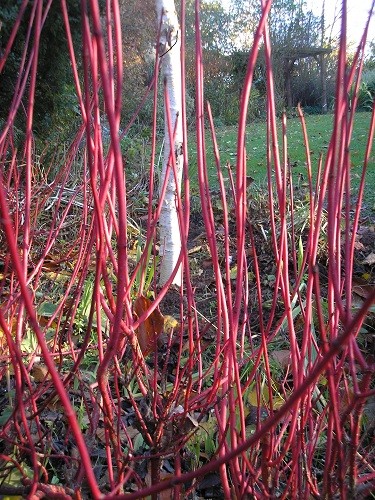
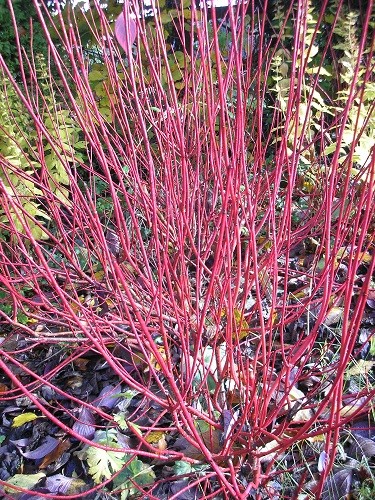
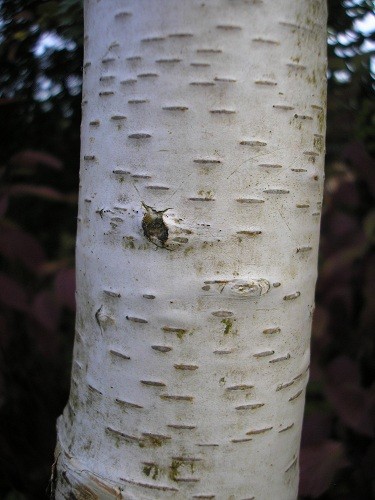


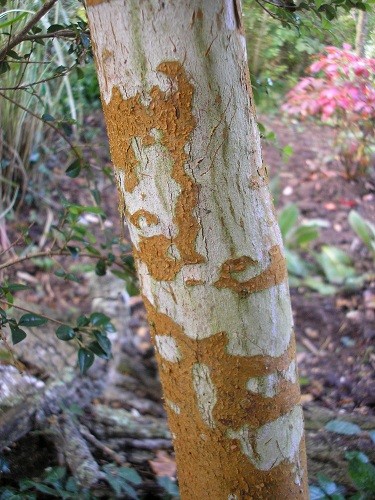
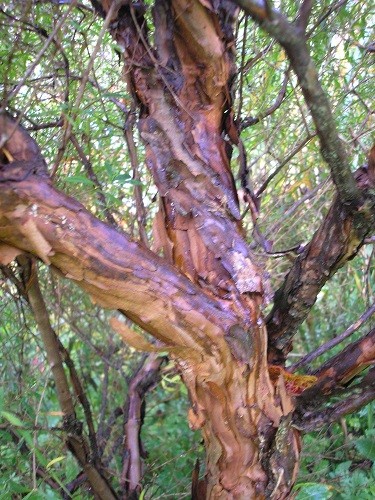

Pingback: Winter Colour « Gardora.net